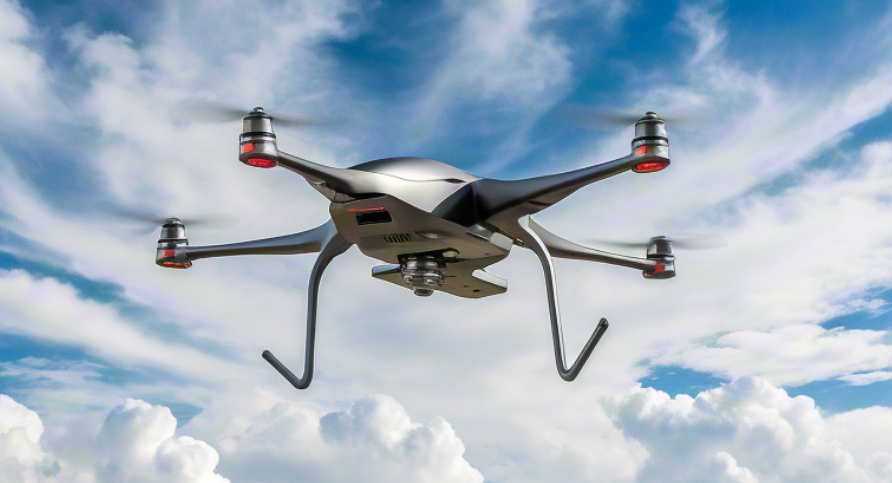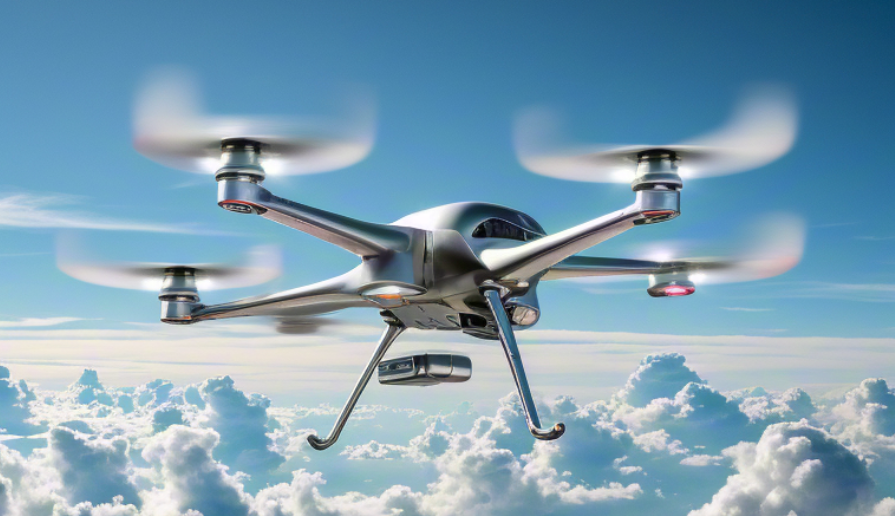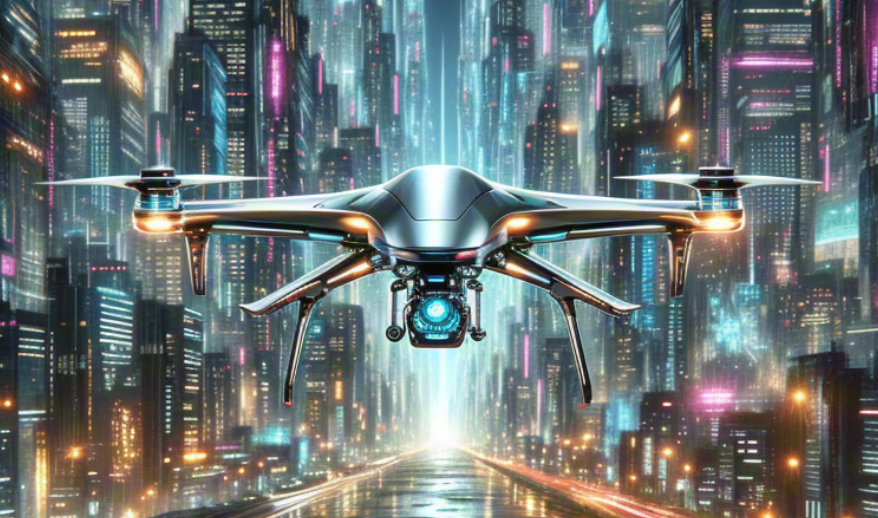Optical technology plays a pivotal role in enhancing the capabilities of drone lenses, extending beyond basic imaging to include features such as optical zoom, infrared and ultraviolet (UV) imaging, lidar, and image stabilization. These advanced technologies enable drones to perform complex tasks such as surveillance, mapping, and navigation with precision and efficiency.
Optical zoom is a critical feature that allows drones to see farther and capture clearer details. By adjusting the focal length of the lens, drones can perform remote monitoring and capture fine details, making them ideal for reconnaissance and surveillance missions. The technology works by altering the relative positions of lens elements within the lens assembly, thereby changing the optical path and shifting the imaging point.
This enables drones to focus on targets at varying distances, ensuring high-quality imaging even at great distances.
Optical zoom offers several advantages for drone applications. It enables drones to observe targets clearly from a distance, which is crucial for reconnaissance and monitoring.
Additionally, it allows for the capture of detailed information, providing valuable data for subsequent analysis. The ability to adjust the focal length also enables drones to capture images from multiple perspectives, adding flexibility to mission execution.

In low-light, adverse weather, or hazardous environments, traditional cameras may fail to function effectively. However, infrared and UV imaging lenses provide drones with enhanced "night vision" capabilities, allowing them to operate in such conditions.
Infrared Imaging: This technology utilizes the thermal radiation emitted by objects to create images. Since all objects emit heat, infrared imaging works even in complete darkness or poor weather. Infrared lenses can detect the thermal distribution of the environment, capturing heat signatures that are invisible to the human eye. This capability enables drones to identify hidden targets or detect anomalies during nighttime or harsh weather.
Ultraviolet Imaging: UV imaging leverages the properties of ultraviolet light to capture images that are invisible to the human eye. This technology is particularly useful for detecting specific materials or substances. For example, UV imaging can identify UV radiation emitted by wildfires, enabling early detection of fires and timely response in forest monitoring.
Combining infrared and UV imaging enhances drones' ability to perform surveillance and monitoring in complex environments. These technologies complement each other, ensuring that drones remain effective across a wide range of conditions.

Lidar (Light Detection and Ranging) is a vital technology for drone navigation and positioning. By emitting laser pulses and measuring the time it takes for them to reflect back, lidar accurately calculates the distance between the drone and surrounding objects. This data is used for precise positioning, navigation, and obstacle avoidance.
Lidar operates on the principle of laser beam propagation and the constant speed of light. When a laser pulse is emitted, its departure time is recorded. Upon reflection from an object, the return time is also recorded. The time difference between these two events, combined with the speed of light, allows for accurate distance measurement.
In drone applications, lidar offers several advantages. It provides high-precision distance measurements and positioning, essential for navigation and obstacle avoidance. Lidar's wide-ranging detection capability ensures reliable operation in diverse environments. Additionally, it generates 3D terrain data, which is crucial for mapping and path planning.
Optical image stabilization (OIS) is a critical technology for maintaining the stability and clarity of drone-captured images. Drones encounter vibrations and disturbances during flight, which can affect image quality. OIS compensates for these disruptions by adjusting lens elements within the camera, ensuring stable and clear imaging.
OIS works by incorporating movable lens groups inside the camera system. When vibrations occur, these lenses shift in response to the vibration's direction and magnitude, counteracting the motion and stabilizing the image. This ensures that even in the presence of strong vibrations or turbulence, the drone can capture stable and clear images.
The application of OIS significantly enhances the quality of drone-captured images, providing reliable data for surveillance and monitoring tasks. In missions requiring high-precision image recognition, OIS ensures image stability and clarity, improving the accuracy and efficiency of mission execution.
Bena Optics specializes in the design and manufacture of advanced optical solutions for drones, including optical zoom, infrared and UV imaging, lidar, and image stabilization technologies. Our expertise ensures that drone lenses deliver superior performance in surveillance, navigation, and imaging.
From optical zoom for long-range monitoring to infrared and UV imaging for nighttime and hazardous environments, Bena Optics’ solutions enhance drone capabilities across diverse applications. Our lidar technology provides precise navigation and mapping, while optical image stabilization ensures clear and stable imaging, even in challenging conditions.
By leveraging our cutting-edge optical technologies, Bena Optics enables drones to perform complex missions with accuracy and efficiency. Our commitment to innovation and quality ensures that our solutions meet the demanding requirements of modern drone applications.

Optical technology is at the heart of modern drone capabilities, enabling enhanced surveillance, navigation, and imaging. Bena Optics’ advanced solutions, including optical zoom, infrared/UV imaging, lidar, and image stabilization, empower drones to excel in a wide range of applications.